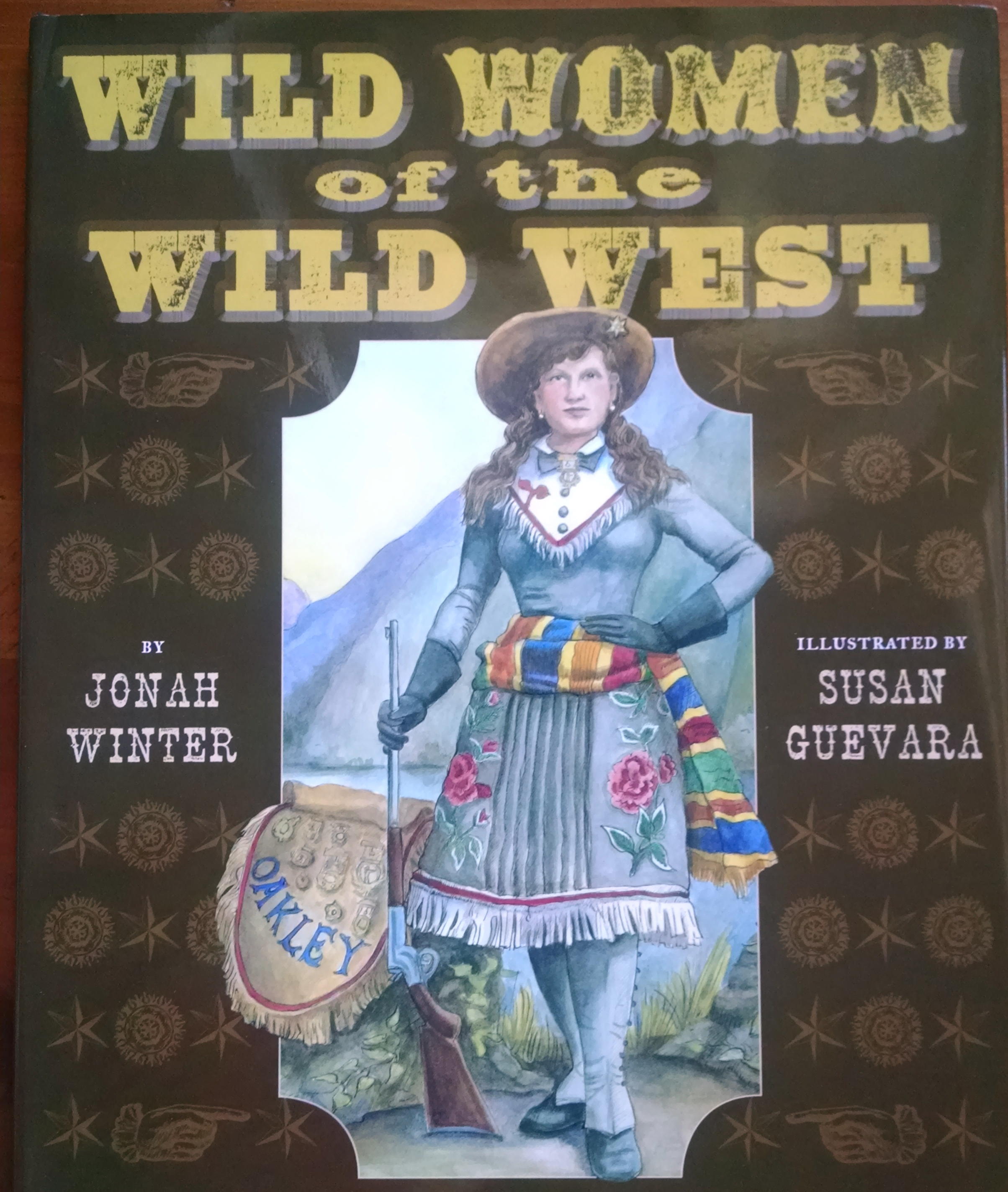
Mentor Texts for Writers: A Little Help From My Friends by Pat Miller
One thing is for sure, I couldn’t do this series “Mentor Texts for Writers” without a little help from my friends. I have been so fortunate to have amazing writers post about their experiences using mentor texts. Pat Miller and I both blog on the GROG blog. I also had the privilege of meeting her at the WOW Retreat last summer. If you have never read her posts on the GROG, here is the link to her posts. She always shares an amazing amount of knowledge in each post! She also hosts a nonfiction conference in the fall called NF 4 NF. Hold onto your hats, Pat knows nonfiction and you will learn a lot from this post.
Authors don’t intend that their work be used by writers as mentor texts. But they spin a story or narrate a topic so well that you can often use their work as a blueprint for your own.
How do you find mentor texts? I have three strategies:
- READ Each library visit, I beeline to the new book section. I come across mentors by reading widely. Even if you aren’t reading for a specific need, your author brain will be silently mentored.
- FIND LISTS I can’t search the library’s catalog for “Strong Endings” or “Powerful Characterization”. But categorized lists of mentor texts are readily available on the Internet.
- SEARCH BY SIMILARITY I’m writing about an unassuming woman who was pushed by circumstance to act in ways that affected history. So I searched for biographies of similar women.
Here are some of the books that added ingredients to my biography’s recipe.
Sojourner Truth’s Step-Stomp Stride by Andrea Davis Pinkney
(Disney/Jump at the Sun Books, 2009)
Belle escaped her owner as a young woman. “Belle ran right up to hope’s front door.” After a Quaker bought her and set her free, Belle named herself Sojourner Truth. I plant to imitate the author’s emotion and detail selection. “[S]omeone threatened to burn down the building [in which she was to speak.] She said, ‘I will speak upon its ashes’.”
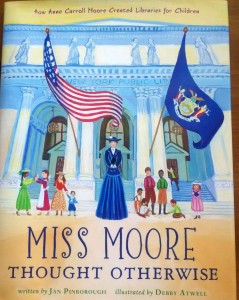 Miss Moore Thought Otherwise: How Anne Carroll Moore Created Libraries for Children by Jan Pinborough
Miss Moore Thought Otherwise: How Anne Carroll Moore Created Libraries for Children by Jan Pinborough
(Houghton Mifflin Harcourt, 2013)
Quiet Annie hears that libraries are hiring women in NYC, so she moves, earns her degree, and gets her first job. Children weren’t trusted with library books. “But Miss Moore thought otherwise.” Page by page, Miss Moore makes changes that created today’s children’s service. Pinborough showed me how to choose events and build a life with them.
(Albert Whitman, 2013.)
My book’s subject, constrained by her times, accomplished things considered inappropriate for women. I chose this title to show me how to portray that. “[She’s wearing] the Medal of Honor, the highest military decoration a man can get. But she’s a woman! And she’s wearing PANTS!”
Wild Women of the Wild West by Jonah Winter
(Holiday House, 2011)
This book is a crash course in how to tell a life story in a single page with enough detail and feelings to leave no doubt why each of fifteen women was “wild”. “Long after the Wild West was over and she was 74 years old, Nellie Cashman drove a team of huskies 750 miles across the Arctic Circle—750 miles!” This book is full of action, emotion, and appeal, all things I want to include about my own wild woman.
Thomas Jefferson Builds a Library by Barbara Rosenstock
(Calkins Creek, 2013)
In another manuscript, I’m writing about a woman who kept journals and published two books of her experiences. How to include excerpts in my biography? I found several mentors that masterfully handled the same problem. Thomas Jefferson Builds a Library by Barbara Rosenstock (Calkins Creek, 2013) includes Jefferson’s writings in sidebars shaped like books.
Helen’s Big World: The Life of Helen Keller
(Disney/Hyperion, 2012)
In Helen’s Big World: The Life of Helen Keller (Disney/Hyperion, 2012), Doreen Rappaport includes a relevant quote on each page, written in a larger font. Her choices of quotes are crucial—one can read only the quotations and still get a vivid picture of Helen Keller.
Franklin Delano Roosevelt: A National Hero by Sudipta Bardhan-Quallen
(Sterling, 2007)
Sometimes, mentor texts simply inspire. When one of my manuscripts became tedious despite my best efforts, I was at a loss. Then I discovered Franklin Delano Roosevelt: A National Hero by Sudipta Bardhan-Quallen (Sterling, 2007). Despite the unassuming cover, this book is a grabber. Sudipta likens the Depression inherited by FDR to the Dark Ages. “FDR led the country through the crisis of the Great Depression—in thirteen years, not four hundred.” Her knack for weaving history with details that interest children made Sudipta’s book a literary tow truck that pulled my text from its muddy mire.
With mentor texts so readily available, you no longer have to write alone. A visit to your library or bookstore will quickly supply you with a little help from your friends.
Unfortunately, Pat Miller didn’t know about mentor texts when she wrote her biography, The Hole Story of the Doughnut (Houghton Mifflin Harcourt, Spring 2016). She whined and suffered needlessly. But she knows better now and is happy to share her love of nonfiction writing. Join her and a stellar faculty at NF 4 NF: Children’s Nonfiction Writers Conference.
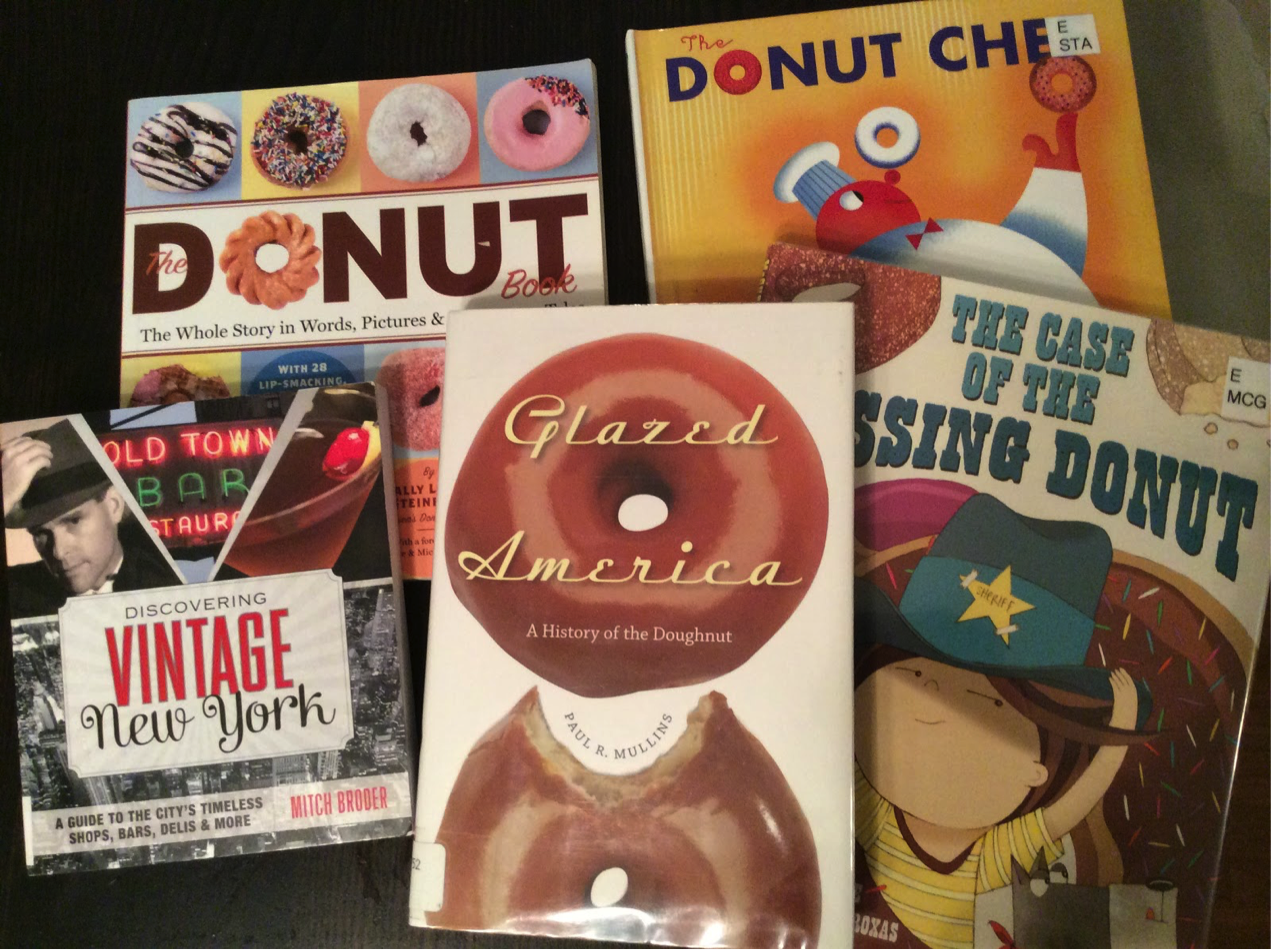
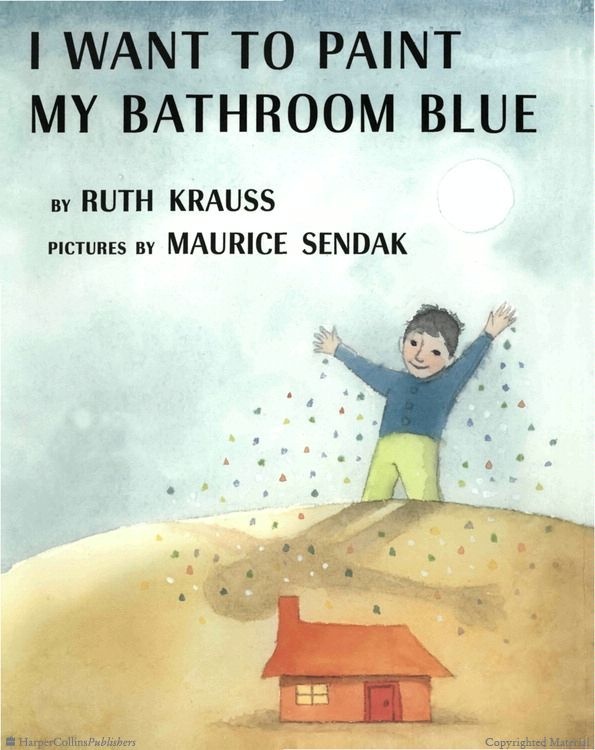
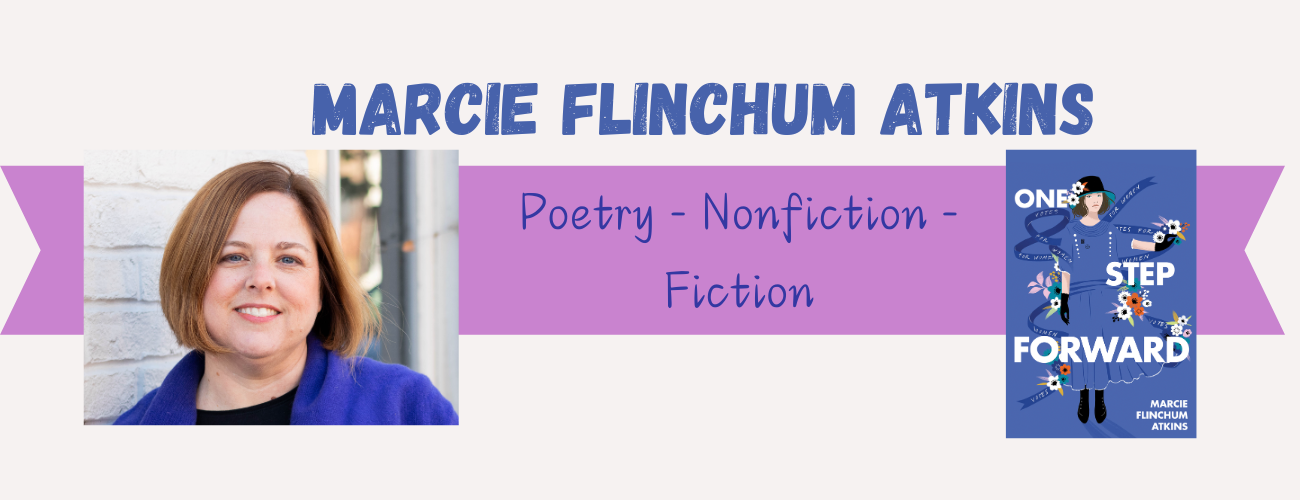
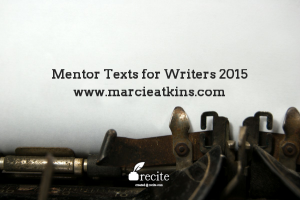
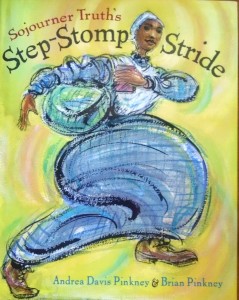
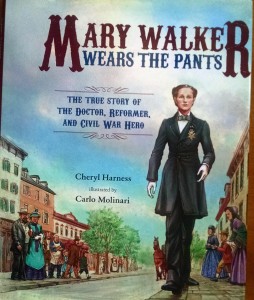
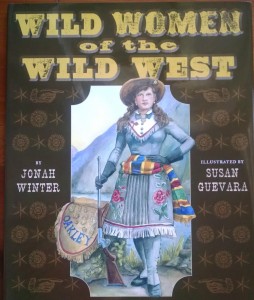
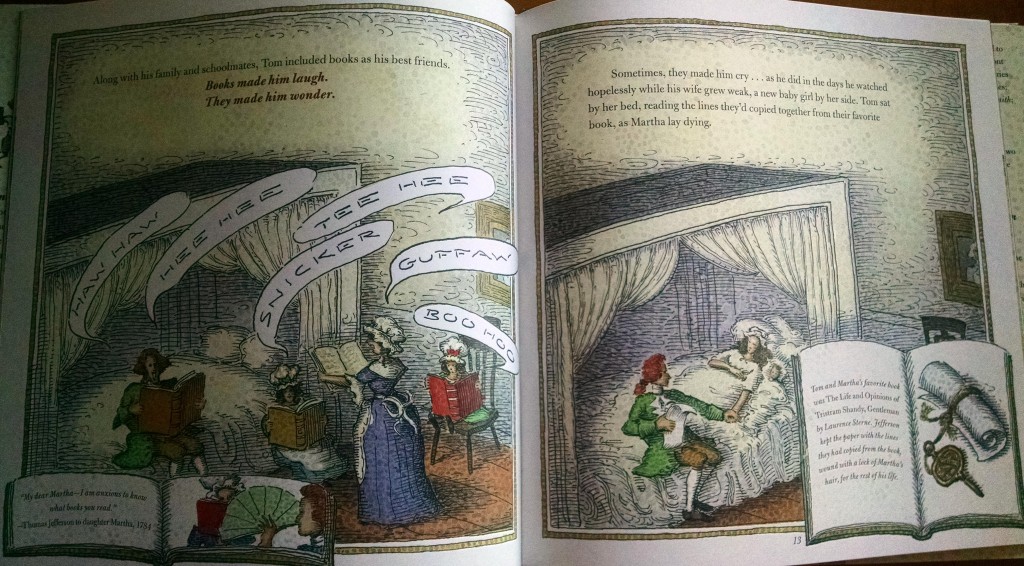
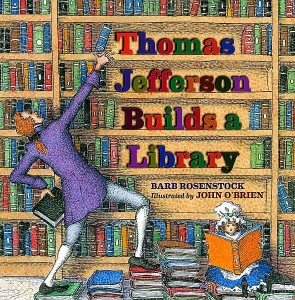
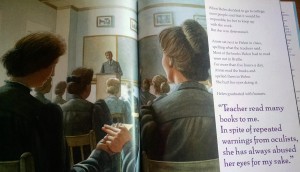
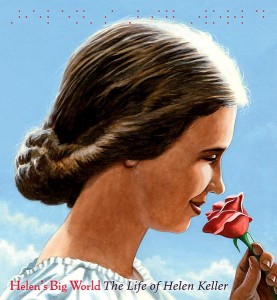
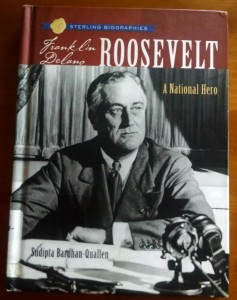

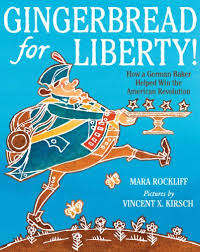
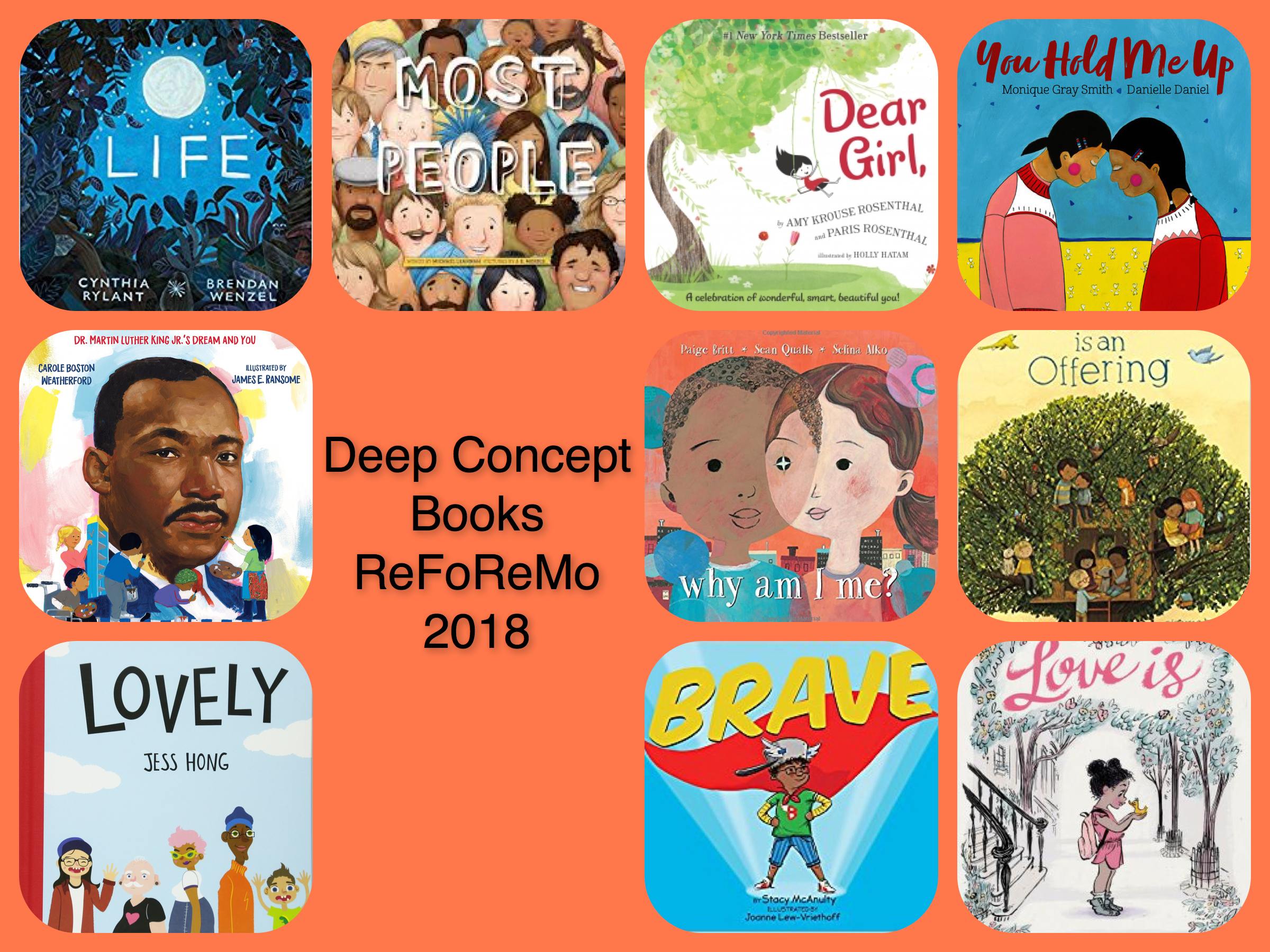
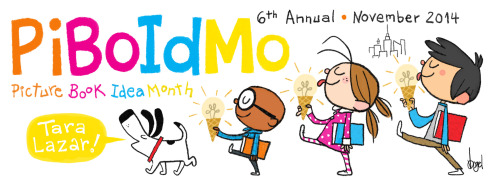
One Comment
Tina Cho
Wow, such wonderful books! Thanks for sharing. I wish I had access to all of these.